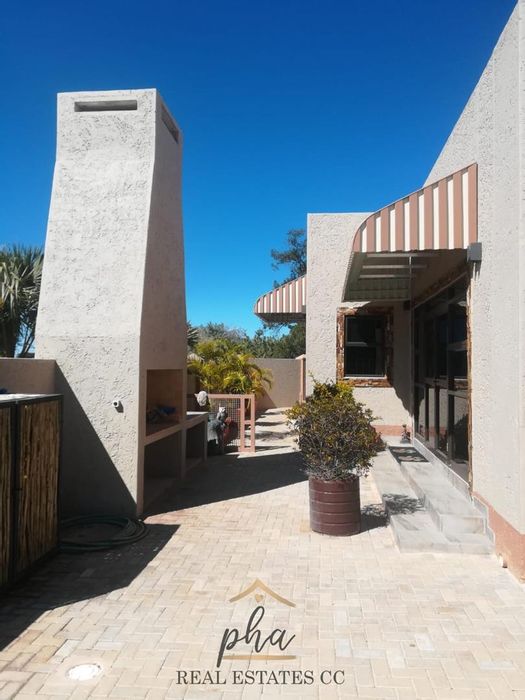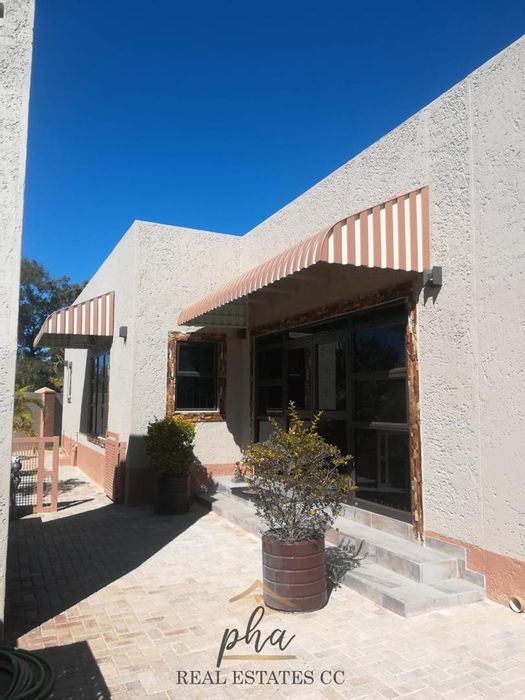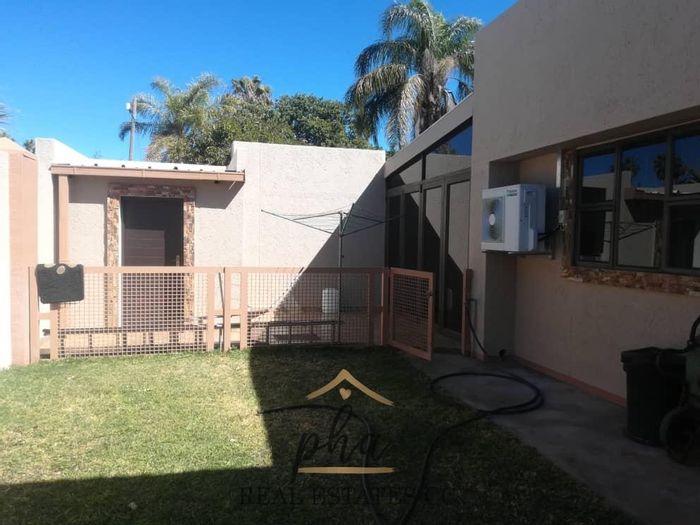Oshikoto property guide
Oshikoto at a glance
Named after Lake Otjikoto near its former capital Tsumeb, Oshikoto is an important tourist and agricultural region. Oshikoto has a total population exceeding 182000 inhabitants and generates the majority of its economy through activities such as agriculture, cattle farming, and mining. Oshikoto is one of only 3 Namibian regions that do not have a shoreline or foreign border. The Etosha National Park forms the southern boundary of four of Namibia's 14 Regions, this area was formerly known as Owamboland. The 4 regions are locally known as The 4 O Regions and include Oshikoto, Oshana, Ohangwena, and Omusati. These regions are all found in the far north of the country. The Hoba meteorite site can be found about 75 kilometres southeast of Tsumeb and is the resting place of a famous lump of rock that is reportedly the world's heaviest metallic meteorite to be found on earth. The northern part of the region is agricultural, whereas the main economic activities in the southern part are cattle rearing and mining. The two areas have important cultural and historical links in that the Ndonga people have extracted copper at Tsumeb since the earliest times in order to make rings and tools.

















































